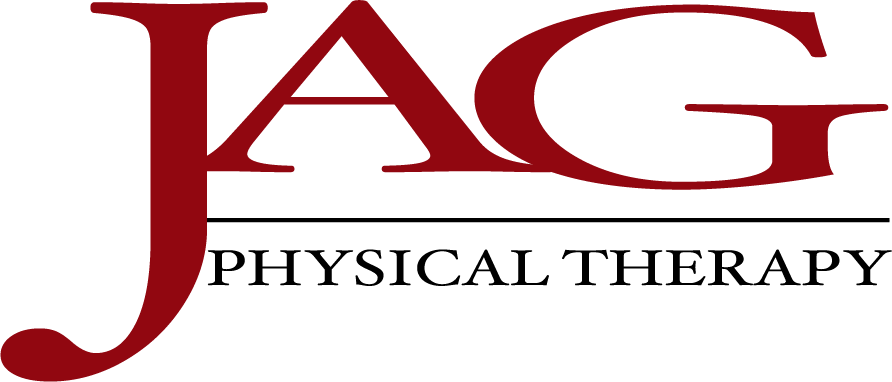TMJ disorders are a common issue that causes jaw pain and discomfort. These disorders can affect your daily life in a major way. They can make even simple tasks like eating or speaking a challenge. Being aware of the factors that contribute to TMJ problems, like posture, is important for managing the condition effectively.
JAG Physical Therapy has years of expertise in TMJ treatment and improving posture for TMJ relief. We offer clients an all-inclusive therapeutic approach to help relieve pain from the condition.
What Are TMJ Disorders and Their Symptoms?
Disorders of the TMJ involve the temporomandibular joint, which connects the jaw to the skull. This joint makes movements like chewing, speaking, and yawning possible.
Common causes of TMJ disorders include:
- Jaw injuries
- Arthritis
- Chronic teeth grinding
These issues can cause the joint to become misaligned or damaged, leading to typical symptoms like:
- Jaw pain
- Headaches
- Earaches
- Difficulty chewing
- A clicking or popping sound when opening or closing the mouth
Symptoms of TMJ can vary in severity, but they tend to make everyday activities uncomfortable.
How Does Poor Posture Affect TMJ Disorders?
Your posture plays an important role in how TMJ disorders develop. Bad posture, especially forward head posture and shoulders that slouch, can increase the strain on your neck and jaw muscles. Holding your head too far forward and constantly slumping your shoulders affects the alignment of your whole body, including your jaw. This misalignment puts extra pressure on the temporomandibular joint and causes tension in the muscles around the jaw.
Posture and jaw pain are connected. The strain can make TMJ symptoms worse, with pain becoming a lot more intense and persistent. Understanding the link between TMJ disorders and posture is key to finding effective relief.
What Are the Benefits of Improving Posture for TMJ Relief?
Improving your posture can go a long way in relieving TMJ symptoms. That is because when you maintain good posture, you reduce the strain on your jaw muscles and improve your body alignment. This eases the tension that contributes to TMJ pain.
These are some of the benefits of improving posture for TMJ relief:
- Fewer headaches
- Better alignment of the body
- Lower tension in the jaw muscles
- Less jaw pain
- A healthier spine
When you sit and stand correctly, your body distributes weight and pressure evenly, decreasing stress on your temporomandibular joint. This will often lead to fewer TMJ symptoms for many people who fix their posture.
How Can You Improve Posture to Manage TMJ Disorders?
Several exercises can help you strengthen the muscles that support good posture for reducing TMJ symptoms.
Consider these practical tips and exercises:
- Gently pull your chin back toward your neck as you keep your head level. This movement strengthens the muscles at the front of your neck and aids with improving head and neck alignment.
- Squeeze your shoulder blades together like you’re trying to hold a pencil between them. It helps make the muscles in your upper back and shoulders stronger, encouraging better posture.
- Check that your workstation is set up to promote good posture. Your computer screen should be at eye level, with your chair supporting your lower back.
Incorporate these exercises into your routine by doing chin tucks during breaks, shoulder squeezes before meals, and regularly checking your work setup. Pair them with daily tasks for best results as a work or home TMJ treatment.
Schedule an Appointment with JAG Physical Therapy
If you are dealing with TMJ disorders and want to see how better posture can help, then schedule an appointment with JAG PT. Our expert team offers personalized TMJ treatments and posture improvement plans. Working with our professionals lets you target the root causes of your symptoms. Contact us today to learn more!
Learn More About TMJ from JAG PT
- 5 TMJ Exercises for Jaw Pain Relief
- Managing TMJ Dysfunction: Physical Therapy for Jaw Pain and Discomfort
